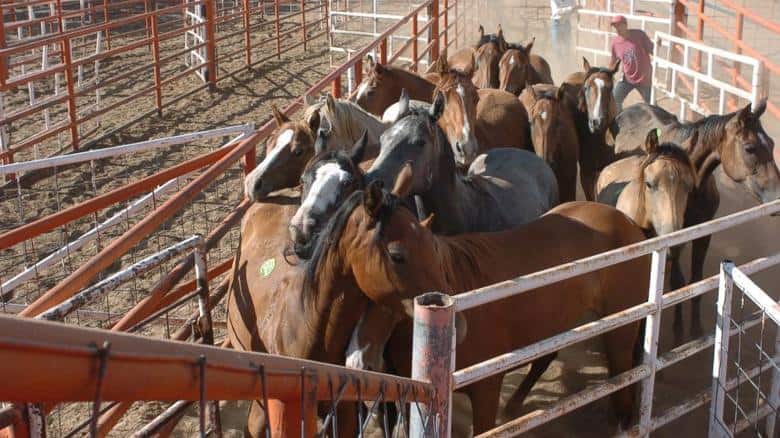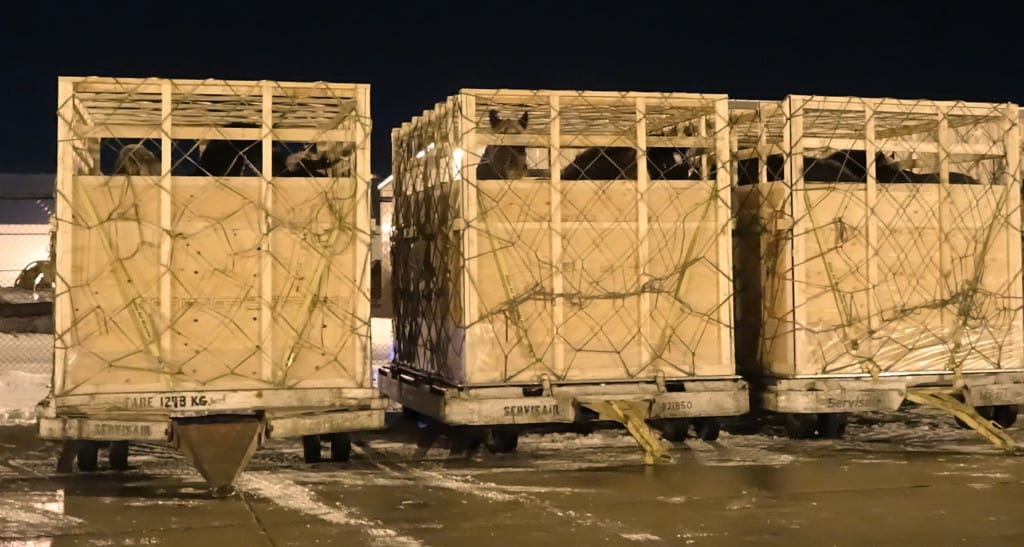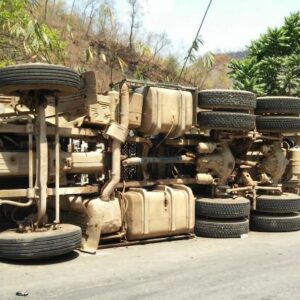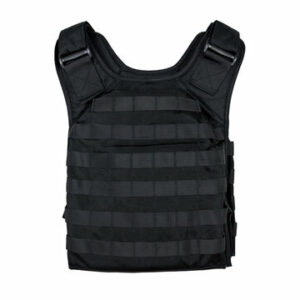
Since 2009, more than 9,000 tons of horse meat and 15,000 live horses have been shipped from North America to Japan, according to estimates by Humane Society International. Once in Japan, the horses are fattened up and slaughtered for consumption. Thousands more are shipped to other countries in Europe and Asia, meeting the same fate. The majority of these horses are originally from the United States, which presents a public heath hazard as they were not intended for livestock and have been treated with a variety of medications.
Japan is one of the world’s leading importers of horsemeat and live horses for consumption. “It is sad and difficult to understand. Japan relies on the imports to boost production to meet consumer demand.” Debby Murtagh, director of research and community outreach for the CHDC said in an interview with The Dodo. Each horse is worth approximately $20,000, and just 100 grams of horse meat can cost up to $20.00.
Horses are shipped in overcrowded crates and containers and endure a stressful 16-18 flight from North America to Asia. Poor standards set by the Canadian Food Inspection Agency (CFIA) allows horses to go up to 36 hours without food, water or rest. Most of these horses will end up being killed for a special type of horse meat sushi called basashi. “The meat needs to be consumed within three days after being slaughtered in order to be eaten as sushi,” said Ewa Demianowicz from the Humane Society Intl.

The CHDC states that the International Air Transport Association (IATA) and Canadian Food Inspection Agency (CFIA) routinely break their own welfare standards for horse shipment. The horses are grouped closely together, without sufficient space to stand upright, and often in high temperatures that cause the horses to suffer as they are accustomed to being outdoors.
“These transport conditions not only are inhumane but also are likely to lead to injuries and potential deaths during transport” says a CHDC report.
Tens of thousands of horses from the United States are also shipped annually to Canada to enter the slaughter pipeline. This causes a public health hazard, given most horses in the United States are bred as non-livestock, i.e. companions, working animals, race horses or are wild horses. These horses are administered veterinary drugs throughout their lifetime that are dangerous to humans. Slaughterhouses that purchase these animals are unaware of their history.
“The slaughter of American horses for meat is a tragic and cruel end for horses and it is a grave threat to food safety,” said Hilary Wood, president of Front Range Equine Rescue.
“Horses in our country are not raised as food animals. They are routinely treated with dozens of drugs which USDA knows are unsafe for human consumption. These iconic animals should never have their lifetime of service ended on a slaughterhouse kill floor.”


